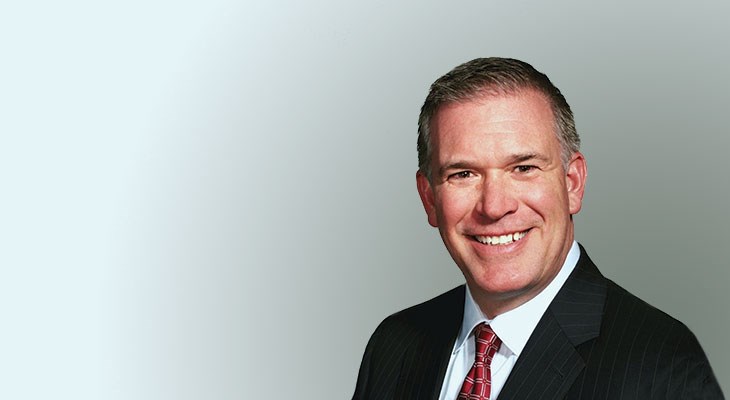We’re living in the Transformative Age — the natural progression from the 20th-century Information Age and the Industrial Age before it. Disruptive forces are causing industries to converge and remaking business models as companies seek to reinvent themselves — many by acquiring new technology through transactions.
Every six months, the EY Capital Confidence Barometer surveys executives across all sectors to see how they’re feeling about the market. The Northeast Ohio deal market remains active with many companies still having a good amount of capital to put to work and debt remaining relatively inexpensive.
Companies are looking to innovate in areas such as smart technology and other niche segments to enhance their margin profile. They are using more regular — and rigorous — portfolio reviews to hone in on gaps in their product offerings and identify potential divestiture candidates to fund growth. Our leading businesses are constantly thinking about how to differentiate themselves and increase their competitiveness — both domestically and globally.
Consider what could be in store for the future of mobility. Automakers and suppliers are moving from a world in which they buy and sell vehicles and parts to one where they offer new mobility experiences via transportation as a service. Our survey reveals that deal intentions have slowed in this sector, but companies are accelerating portfolio reviews to prepare for medium- to long-term growth.
Manufacturing is changing, too. Through the use of AI, robotics and augmented reality, nearly every aspect of how manufacturing actions are executed has been digitized. We found that these companies are turning to M&A to enter new geographic markets, develop the right technology for customers and hire the people who understand that technology.
Health care is taking a tremendous step forward as data and algorithms shift power from traditional incumbents to consumers, payers and new entrants. Interconnected technologies will be able to connect stakeholders across the value chain, achieving personalized health care at scale. Our survey shows that these companies are increasing their portfolio reviews so they will be better prepared to acquire integrated solutions and deliver a more customer-centric experience.
What does all this mean for Northeast Ohio deal market? The speed of change is relentless, and M&A has proved to be an effective means to move quickly to gain competitive advantage or defend against future disrupters.
Executives should be looking to divest underperforming assets and operations that are at risk from technology, digital and customer disruption. It’s also important to not have a one-sided M&A strategy; among more active executives, those that balance acquisitions and divestitures generally outperform those who focus solely on one strategy.
On the acquisition side, more executives are now preparing for post-deal integration earlier in the deal life cycle. Leading-class companies include their business units in the development of the original synergy assessments and are held accountable for measuring progress and success. Acquiring companies will capture synergies effectively only if they are mapped out up front and people are held accountable for monitoring their progress. This requires understanding and identifying where value can be created, what is proven to work and where the risks lie.
Ideally, those responsible for achieving synergies should play a direct role in identifying and valuing specific synergies.
Monte Repasky is the Cleveland Office Managing Partner of Ernst & Young LLP. With nearly 30 years of experience, Repasky has served a wide variety of global clients primarily in the manufacturing, transportation and construction sectors. Additionally, he served as the Corporate Controller of an international manufacturing company. He has extensive experience working with international corporations in acquisitions, divestitures and spin-offs, revenue recognition, accounting for income taxes, and SEC reporting and filing matters. To learn more, visit www.ey.com.
The views expressed are those of the author and do not necessarily represent the views of Ernst & Young LLP or any other member firm of the global EY organization.




